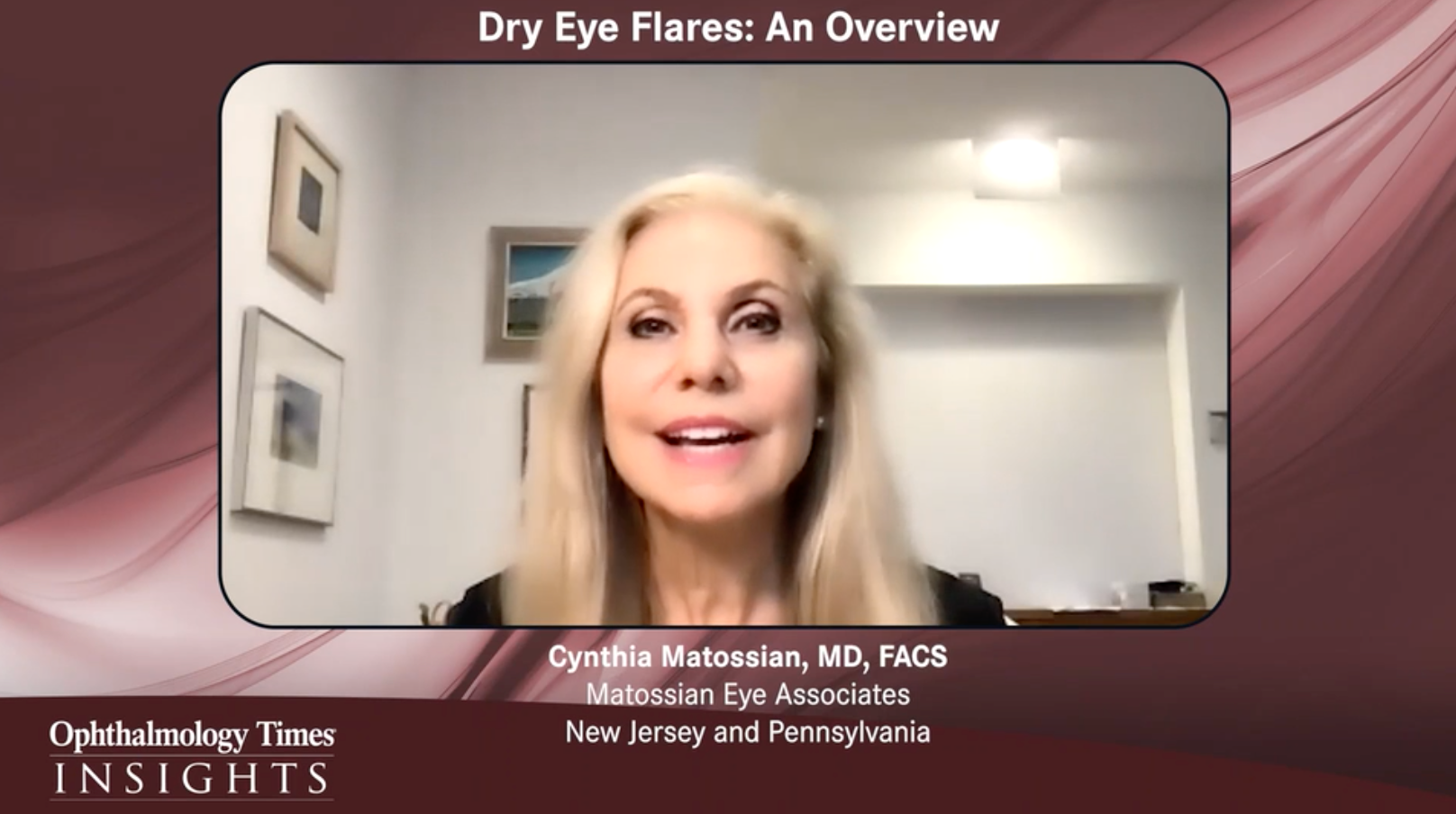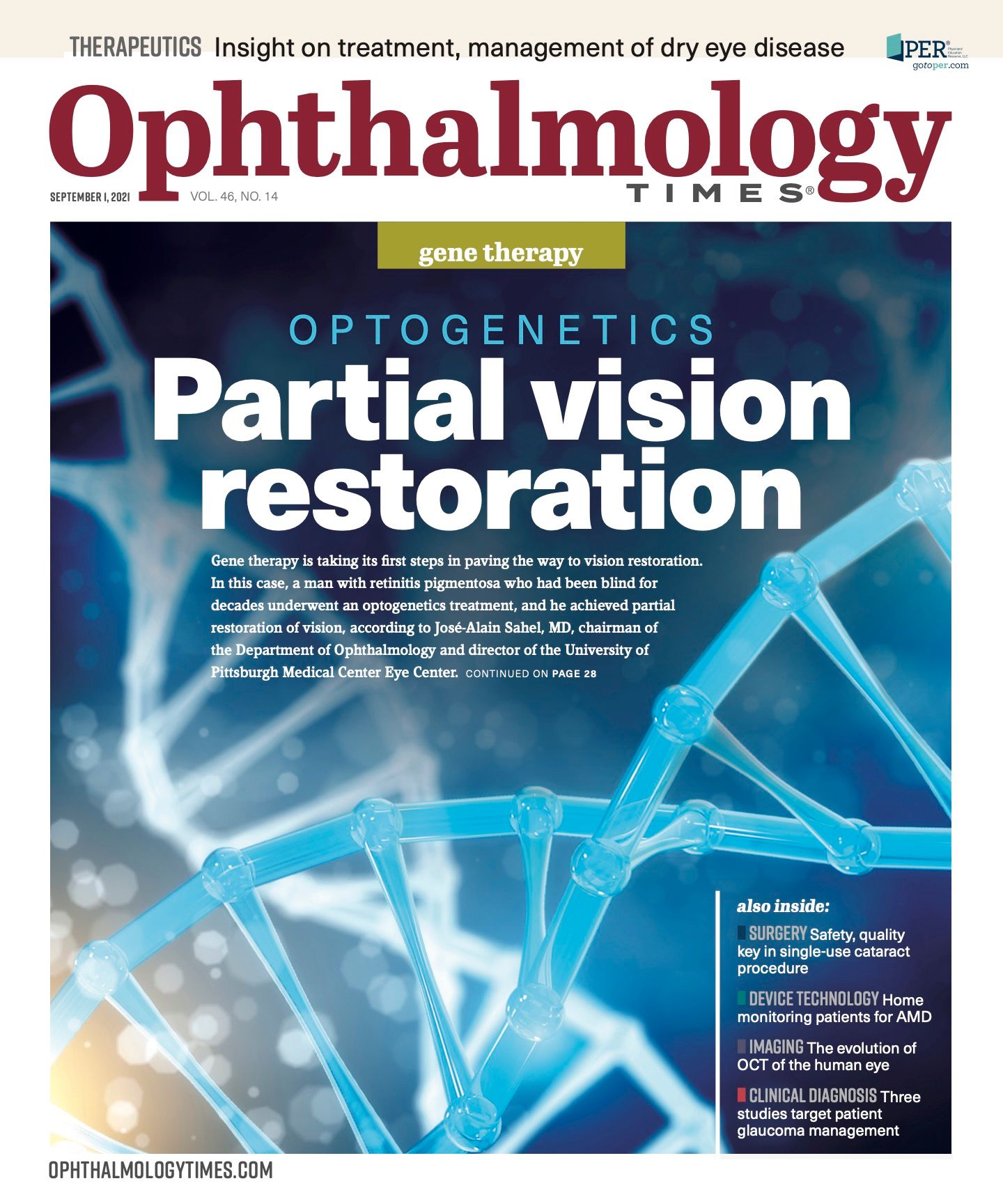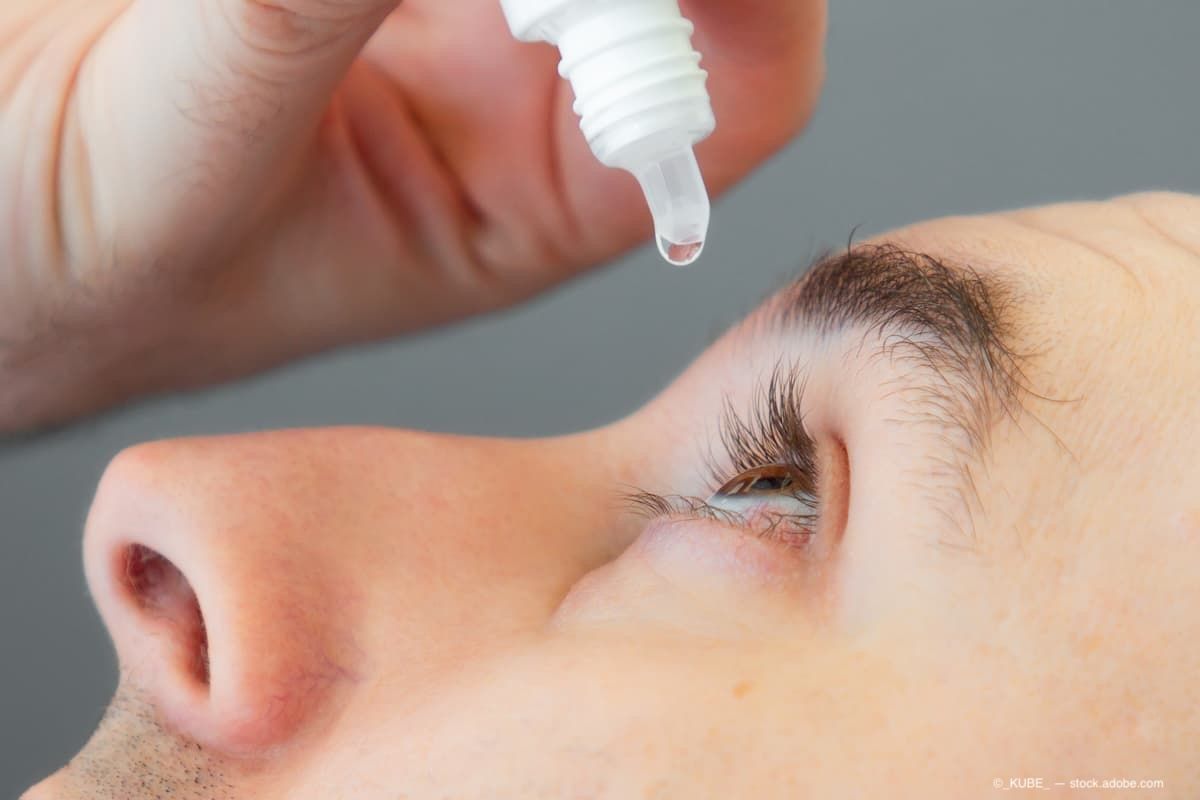News
Article
Digital Edition
Expert insights: Flares of dry eye disease
Author(s):
Timely diagnosis and successful intervention are key to successful treatment.
Cynthia Matossian, MD, discussed DED flares, and their detection and management, in an interview for Ophthalmology Times®/Optometry Times.®

Reviewed by Cynthia Matossian, MD
Dry eye disease (DED) affects millions of people, and estimated that about 80% of patients with DED experience flares, which are sudden onset, episodic, intermittent exacerbations of symptoms due to increased inflammation.
Timely recognition of DED flares and successful intervention are important because a DED flare can negatively affect health-related quality of life and lead to ocular surface damage, according to Cynthia Matossian, MD.
“A topical corticosteroid can provide rapid and effective treatment for a DED flare,” she said. “Fortunately, there is now a corticosteroid that has been approved by the FDA for the short-term treatment of the signs and symptoms of DED — loteprednol etabonate ophthalmic suspension 0.25% (Eysuvis, Kala Pharmaceuticals)—that is a safe and effective option for treating flares of DED.”
Matossian is the medical director at Matossian Eye Associates, an affiliate of Prism Vision Group, and a multispecialty ophthalmology practice with offices in Doylestown, Pennsylvania; Hopewell, New Jersey; and Hamilton, New Jersey.
She discussed DED flares, and their detection and management, in an interview for Ophthalmology Times®/Optometry Times.®
Explaining the DED flare
Matossian said that a flare of DED occurs when there is disruption of tear film homeostasis. A flare may be what first prompts a patient to seek care for increased ocular discomfort.
However, flares can also develop in patients with an established diagnosis of DED where their ocular surface inflammation spirals out of control despite prescribed maintenance therapy.
“Dry eye disease has a core inflammatory component, and just like other chronic inflammatory diseases, such as arthritis or asthma, it can be associated with episodic flares,” Matossian said.
There are many situations that can trigger a DED flare. Noncompliance of prescribed medications or at-home dry eye treatments may lead to loss of tear film homeostasis and increased inflammation.
Flares can also develop after spending prolonged time with visually intensive tasks that promote increased tear film evaporation. This situation describes individuals who have clocked hours of uninterrupted screen time working at their computer, playing video games, or watching television.
Air exhaled onto the ocular surface from the top of a loose-fitting mask worn to cover the nose and mouth during the COVID-19 pandemic can also promote tear film evaporation and trigger a DED flare.
Extended duration of contact lens wear is another trigger, as is exposure to low levels of air humidity, which can be experienced during long plane trips or when spending time in a dry climate.
During spring and fall, inflammation associated with seasonal allergic conjunctivitis is also a prominent cause of DED flares.
Related: VIDEO: Awareness of dry eye flares
Making the diagnosis
Symptoms of DED flares can present in a variety of ways. Patients may complain of ocular burning, blurred or fluctuating vision, tearing, or they may report their eyes “hurt,” feel tired, or that they just want to close their eyes.
Patients with contact lenses may describe increased discomfort with their lenses, and patients with allergies may attribute their problem to their allergic disease.
“Depending on their history, patients experiencing a DED flare who have not yet been diagnosed with DED might incorrectly attribute the entirety of their flare symptoms to allergies, think they need a contact lens refitting, or require a stronger prescription for their glasses,” Matossian said. “Even patients with an established diagnosis of DED may not recognize their worsening ocular symptoms to be a classic flare. This is especially true among patients who adhere to their dry eye treatment.”
Matossian noted that eye care providers need to empower technicians to ask appropriate questions in to solicit descriptions from patients to facilitate the diagnosis of a DED flare.
“We also need to educate patients to help them better understand the concept of a DED flare since intermittent exacerbations are likely to recur,” she said.
Related: VIDEO: Seeking out medical care for dry eye flares
Treating the DED flare
According to Matossian, DED flares can impair quality of life in several ways. The symptom-related discomfort and effect of the flare on vision can lead to reduced work productivity.
Patients using contact lenses for refractive correction may need to stop wearing their lenses, which can impact their self-image and make it difficult to participate in certain recreational activities.
Symptom bother can also affect mood and therefore interpersonal relations.
Controlling DED and normalizing the ocular surface is also critical for accurate measurements and planning of refractive and cataract surgery.
Because inflammation is an etiologic factor that perpetuates the pathogenic pathway leading to the progression of dry dye, DED flares can also contribute to cumulative ocular surface damage.
Related: VIDEO: Treatment options for dry eye flares
“The treatment goal is to break the inflammatory cycle; the best way to do that is by diagnosing patients early and by initiating appropriate therapy,” Matossian explained. “We need to keep in mind that patients with a DED flare are suffering and want quick relief when we design their individualized therapeutic plans.”
Among the treatments that are used to control ocular surface inflammation related to DED, topical corticosteroids represent the fastest-acting option.
There are many topical ophthalmic corticosteroid products, but only loteprednol etabonate ophthalmic suspension 0.25% has an FDA-approved indication for the short-term (up to 2 weeks) treatment of the signs and symptoms of DED, according to Matossian.
“The clinical study investigating loteprednol etabonate ophthalmic suspension 0.25% for short-term treatment of DED showed that it was associated with a rapid onset of benefit and that it was safe,” she said. “Loteprednol etabonate is an ester steroid with an excellent safety profile demonstrated in many clinical studies.”
In addition to the topical corticosteroid, patients with DED may need to be started on immunomodulatory therapy to maintain long-term disease control.
“Topical immunomodulatory therapies [often] take weeks to months to effectively reduce symptoms of DED,” Matossian concluded. “Loteprednol etabonate 0.25% can jump-start the process and make patients feel better quickly. Combining loteprednol with another immunomodulator provides a one-two punch with the steroid bringing immediate relief for the desperate, distraught patient and the immunomodulator helping to control inflammation that can lead to DED progression over the longer term.”
--
Cynthia Matossian, MD
E: cmatossian@CMAssociatesLLC.net
Matossian is a consultant to Kala Pharmaceuticals.

Newsletter
Don’t miss out—get Ophthalmology Times updates on the latest clinical advancements and expert interviews, straight to your inbox.





